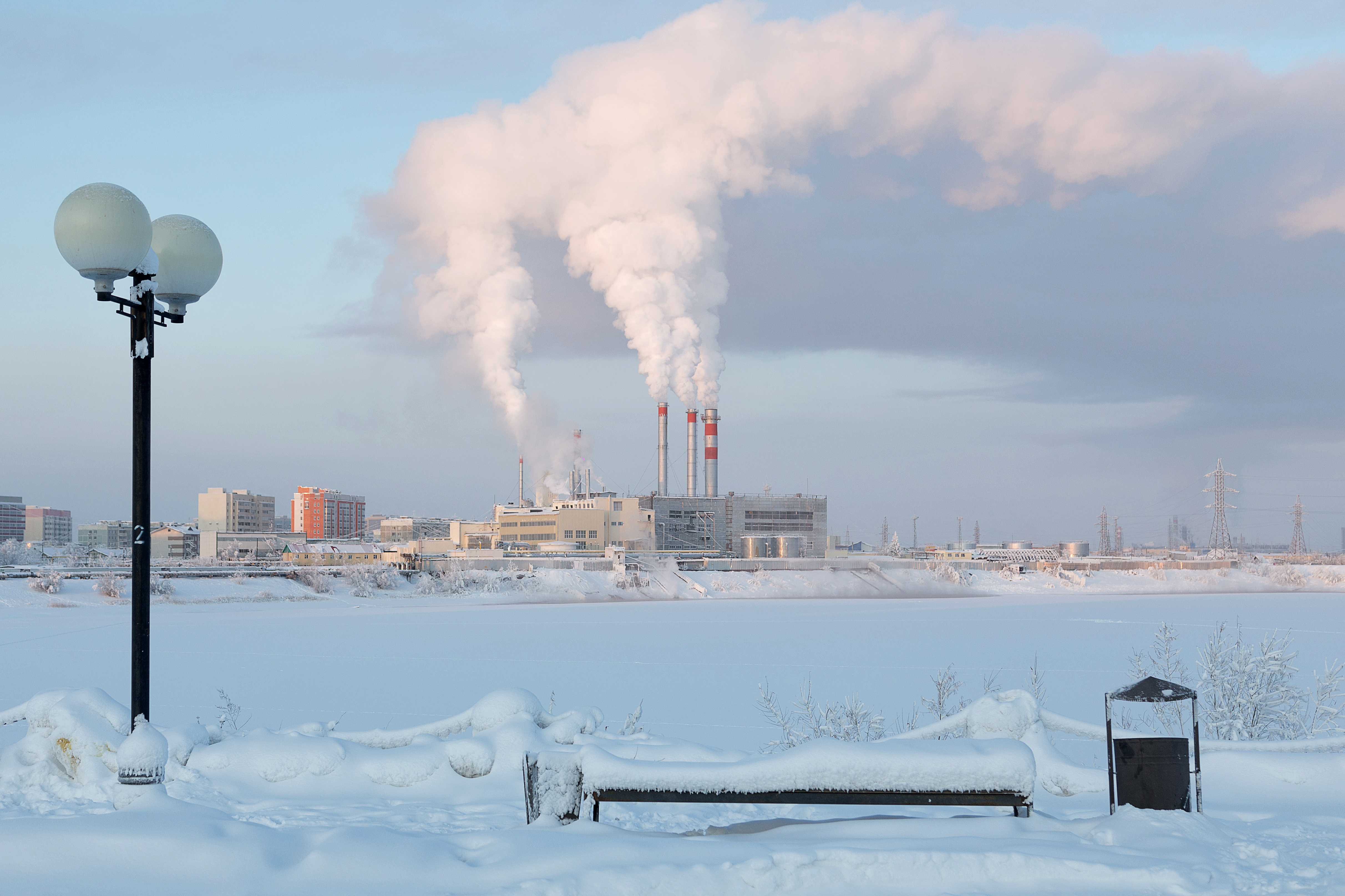Everything

For Australians, we already know full well the implications and devastating repercussions of global warming following one of our worst summers on record. The worst drought in history was, and still is ravaging many rural communities across the country while our 2019 Christmas will forever be clouded in our minds as thick smoke blanketed much of Queensland, New South Wales and Victoria as bushfires raged on into the new year. Now that winter is upon us, we can relax just momentarily. In the northern hemisphere however, summer has just begun and is already revealing more devastating effects of climate change.
READ: A CRASH COURSE IN CLIMATE CHANGE
According to a Twitter post from UN Climate Change, temperatures of 38-plus degrees celsius was reached in the Arctic Circle on Saturday. The measurement was taken from a town in Siberia, Verkhoyansk, which is 4828 kilometres east of Moscow. Sitting just inside the circle, a usual summer sees a highest temperature of 20 degrees. If verified, this would be the hottest temperature on record in the Arctic. On Sunday, the town also reached 35.2 degrees.
Temperatures reached +38°C within the Arctic Circle this Saturday, 30°C hotter than normal. #GlobalHeating is accelerating, and some parts of the world are heating a lot faster than others.
The #RaceToZero emissions is a race for survival.
Dataviz via @ScottDuncanWX pic.twitter.com/4gGvYC8cnS
— UN Climate Change (@UNFCCC) June 21, 2020
The region is reportedly warming at twice the rate of the rest of the world which is extremely dire news for species and habitats that rely on the cool weather. In winter, Verkhoyansk is one of the coldest parts of the world frequently dipping below minus-50 degrees.
The extreme weather has caused the melting of permafrost which prompted a massive oil spill in Norilsk while the Siberian wildfire season got off to an early and dangerous start, according to the Sydney Morning Herald.